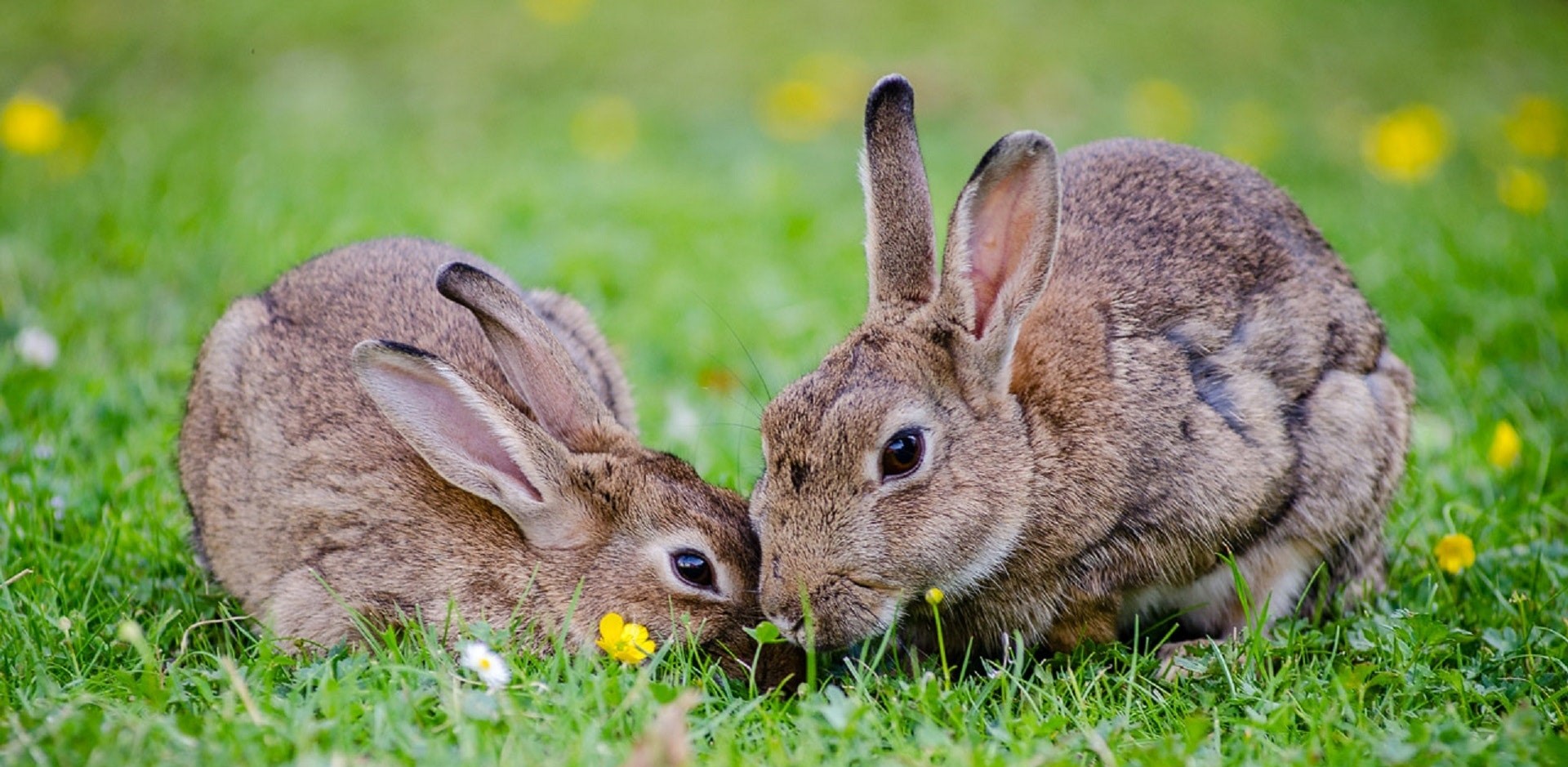October 25th, 2021Fresh wave of myxomatosis concern for domestic pets
RABBITS came to Australia with the First Fleet in 1788 and were bred and maintained as food animals with more introduced in later years for recreational hunting.
Like much exotic flora and fauna, rabbits adapted to their new country extremely well, numbers began to grow and by the 1820s, they were becoming a problem. Mild winters let them breed all year round and the opening up of large areas of bush to farming and grazing on the land’s fertile fringes created ideal conditions for rabbits to flourish.
By the early 20th century it was estimated that 10 billion rabbits were spread across the land. Along with this incredible growth came a multitude of methods employed to control them, ranging from laying poison to shooting and trapping. Such work, while effective in contained areas, really did nothing to control overall numbers.
However, biological measures such as the introduction of the myxoma virus in the 1950s and calicivirus in the 1990s contributed to a large reduction in overall rabbit numbers. Nonetheless, Australia still remains home to around 150 million of them.
It is commonly assumed that myxomatosis caused by the myxoma virus quickly became ineffective and only the calicivirus remains as a control for present-day populations. However myxomatosis is still about doing its job, as Daylesford vet Andrew Hitchman explains:
“Wild rabbits that are resistant to these viruses won’t die and some of their offspring might have some of that resistance as well. But a couple of generations down the track as the population recovers, a lot more are susceptible as another wave of disease comes into the area.”
Such a process can be seen around the region. As rabbit numbers have increased, a fresh wave of disease has emerged. The most obvious is myxomatosis with sick, blind creatures affected by it stumbling around in broad daylight for several days before death. Rabbit haemorrhagic disease or calicivirus kills far more rapidly. “You don’t tend to see the ones with calicivirus,” says Andrew, “because they die out of sight and quickly.”
The upswing of these diseases in the feral population is of great interest to owners of domestic rabbits along with what steps can be taken to protect them. Let’s start with calicivirus.
First of all, leporidae (rabbit) calicivirus is different from feline (cat) calicivirus so there is no chance of these animals catching each other’s disease. There is also a vaccine available in Australia called Cylap for your pet bunny and should be administered every 12 months.
Myxomatosis is a different story. There is no vaccine for myxomatosis available in Australia. The official reason as stated on the federal Department of Agriculture, Water and the Environment website is: “The myxomatosis vaccines available overseas are live attenuated vaccines (also known as ‘modified live’ vaccines). The virus in these types of vaccines may spread from vaccinated rabbits into the wild rabbit population which could allow wild rabbits to increase their immunity to myxomatosis.” In light of this restriction, other precautions are required.
“Myxomatosis is spread by mosquitoes and rabbit fleas, so flywire on their hutches is effective,” says Andrew, “as is keeping the hutch inside.”
“Basically, keep them away from biting insects and wild rabbits who would be carrying fleas. There are also many flea treatments that are perfectly suitable for rabbits.”
Andrew also added that myxomatosis is a blood-borne disease and cannot be brought into your house or rabbit hutch on shoes.
While we are on the subject of pet rabbits, Andrew would also like to mention several other tips: Never feed your bunny pellets because they can damage teeth and create abscesses. Give them grass or grass/clover hay instead. Consider neutering them to reduce aggression in males and uterine tumours in females. Never house rabbits with guinea pigs and finally: the best advice is always from your vet.
Words: Tony Sawrey










